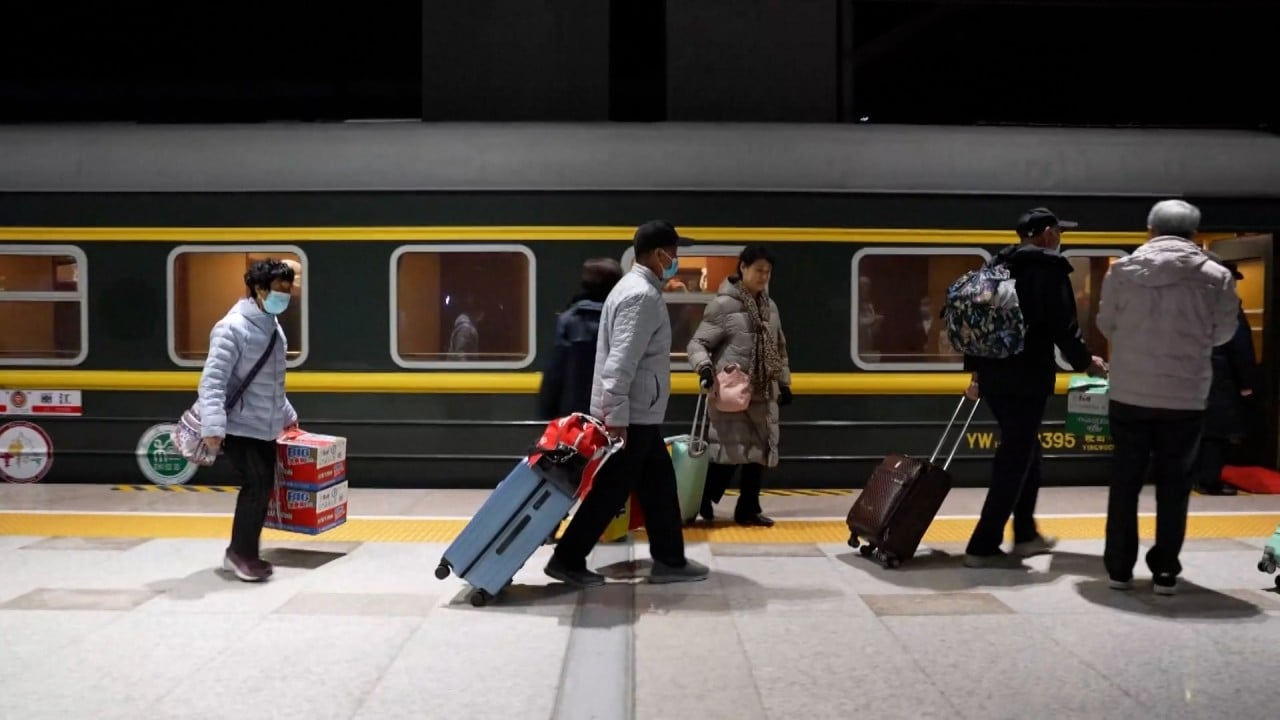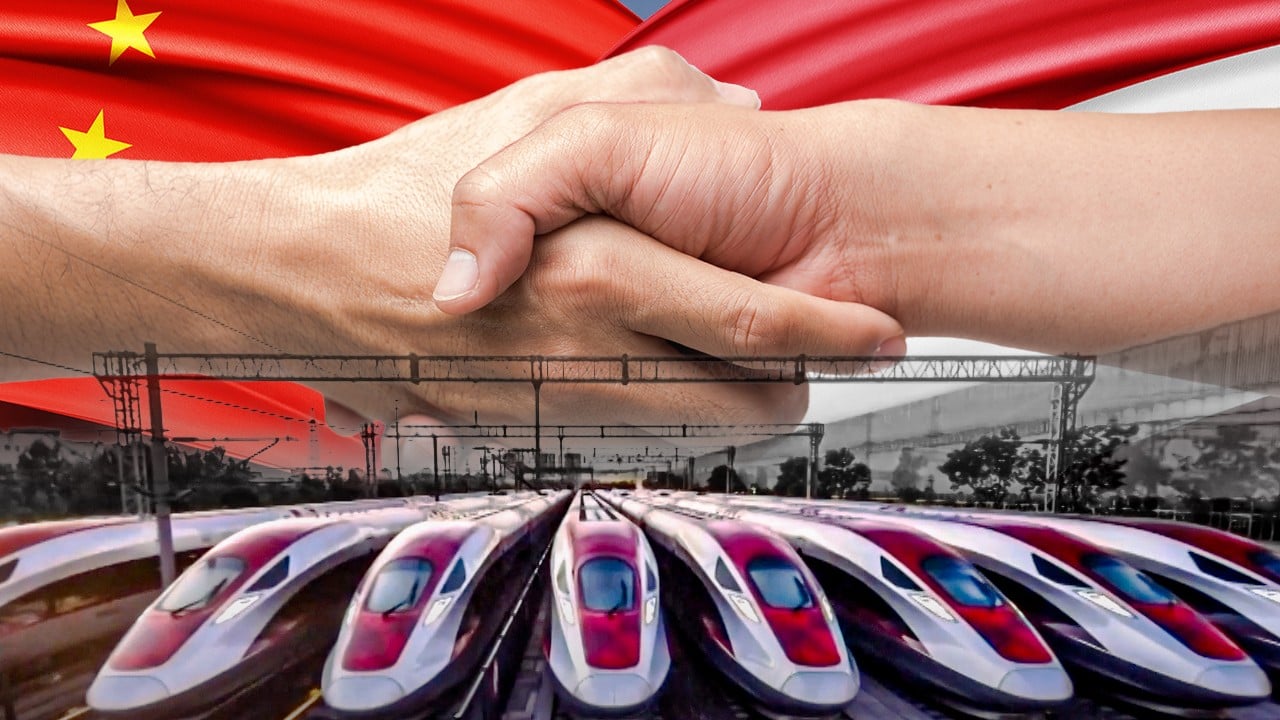
How belt and road is fuelling US-China Indo-Pacific contest
- The Jakarta-Bandung and China-Laos railway projects show that countries are willing to take significant risks in the name of development
- US officials must assess the impact of such Chinese projects, especially environmentally and socially, to be able to offer convincing alternatives
One significant aspect of China’s pitch is its economic might. China will seek to highlight its trade and the benefits of its Belt and Road Initiative in helping development.
Laos and China created the Lao-China Railway Company to build and finance the railway. This joint venture is held 70:30 between three Chinese state-owned enterprises and one Laotian state-owned company. The project’s total cost is US$5.9 billion, financed in a 60:40 debt-to-equity ratio, which translates to US$3.54 billion of debt – which has been secured from the Export-Import Bank of China – and US$2.36 billion of equity.
The aim? To construct 672km of railway between Vientiane, the Laotian capital, and Kunming, in China’s Yunnan province.
This railway is critical to facilitating bilateral trade. Trade between Laos and China has been growing and between November 2022 and November 2023, China’s exports to Laos increased by US$145 million while imports rose by US$35.7 million. Commodities (US$27.7 million) and computers (US$12 million) dominated the increase in China’s exports to Laos.
But not all have benefited from the railroad construction. Over 4,000 homes had to make way for construction, and the compensation was reportedly insufficient to make up for the loss of agricultural income.
Moreover, the long-term environmental impact is not clear due to the inadequate environmental assessment. Specifically, water in the Houay Pamom Creek in the Vang Vieng district’s Phahom village has been polluted by the waste produced by the tunnel construction. As a villager told the local news back in 2020: “We can’t fish in the creek, and we can’t eat fish taken from the creek.”
As for the Jakarta-Bandung high-speed railway, on May 14, 2017, China Development Bank signed a nearly US$4 billion loan agreement with PT Kereta Cepat Indonesia China for the project. The loan consists of two parts. A US dollar-denominated portion worth over US$2.3 billion with a 40-year maturity, 10-year grace period, 2 per cent interest rate and no sovereign guarantee. The other is a yuan-denominated portion worth over US$1.5 billion with a 40-year maturity, a 10-year grace period, 3.46 per cent interest and no sovereign guarantee.
The total cost of the railroad was initially estimated at around US$5.3 billion, to be financed with a 75:25 debt-to-equity ratio.
Bandung is a city primed for economic productivity and bounced back after Covid-19. It is also one of the largest domestic tourism destinations, with almost 120 million visitors per year.
Still, there were issues related to construction. Land acquisition was a consistent problem, and the project’s feasibility assessment was completed in just three months, when it usually takes 18-19 months for a project this size.
It is apparent that countries of the region are in dire need of infrastructure to spur their economic development. The examples of Laos and Indonesia indicate that these countries are willing to take significant risks to ensure the development of such initiatives.
Additionally, assessing the long-term environmental and social impact of these projects is essential. The US and its allies can use these facts to provide an infrastructural alternative for Indo-Pacific countries. The West can use its higher environmental and social standards to compete against China’s offerings.
Ultimately, so as not to cede influence in the region to China, the West must have more skin in the game and be more economically active.
Nathaniel Schochet is an associate analyst at CJPA Global Advisors, an international consulting and advisory firm working with clients in Asia
Earl Carr is founder and chief executive officer at CJPA Global Advisors





